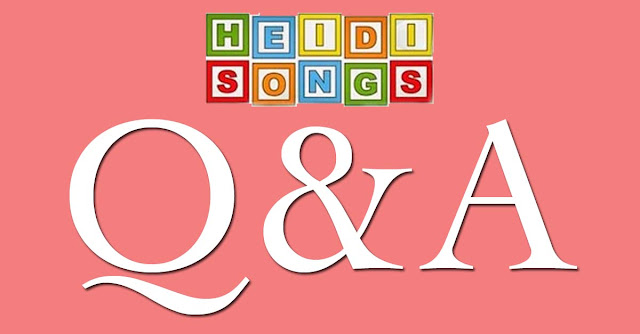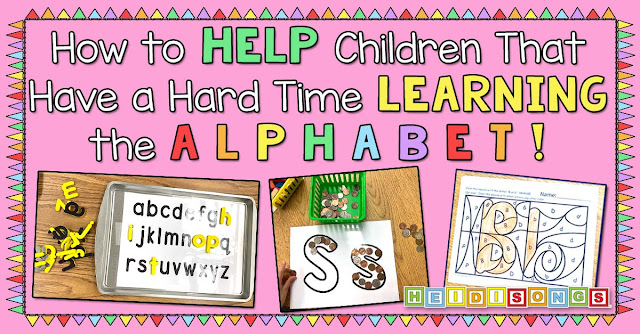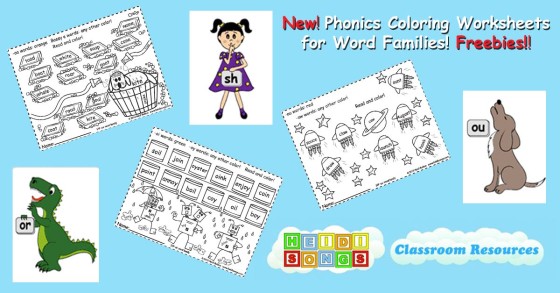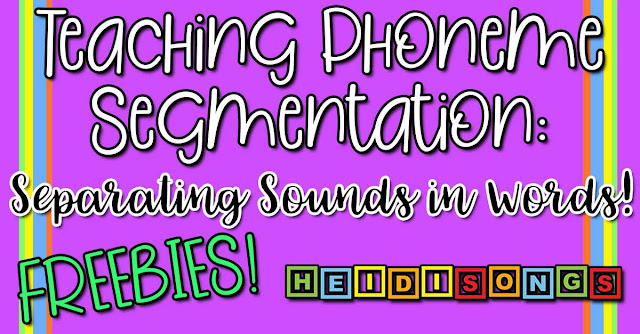Questions and Answers
This week it’s been back to normal, and back to work at home on different projects! I’ve been focusing on creating a new presentation that I will be giving for the first time at SDE’s Arkansas Kindergarten Conference on December 2, 2011. Since the handout is due this week, the presentation itself must also be mostly finished, so I have been having some fun working on that. In order to accomplish this task, I have been going through all of my picture and blog files, and trying to pull into one single computer folder all of my guided drawing activities that I have. Boy, there’s a LOT of them! Actually, I am very pleased with the way it is coming out; I think that this session will really be a FUN one! I am going to have the participants drawing along with me, and then I’ll be showing them pictures of the children's work. I did a little bit of guided drawing in my “Singable Books to Make and Read” session at the SDE Minnesota K Conference last week, and it was great fun!

The participants were all giggles as they drew David Shannon’s “No, David!” character along with me. (I think they were teasing each other on how their drawings were coming out, but that only made the session a little bit more fun!) In any case, I had a wonderful time with it, and Ithink they did, too! By the way, you can find the directions for the “No, David” guided drawing activity here. You can also write the words “Guided Drawing” into the “Search This Blog” box at the bottom right hand side of the screen, and find gobs of other guided drawing activities! As I create more, I’ll be posting them on this blog. The kids sure do enjoy them!

DVD’s vs. CD’s: Which are better?
Question: “I don’t know if I should get a CD or a DVD. What is the difference? Which is best in the classroom?”
Answer: I use both, but from what I hear, most people that have a player and a good TV, a projector and screen, a Smart Board or other type of interactive white board are usually happier with a DVD. This is because they can easily show the movements on the screen, and the kids can follow along nicely as a whole group. They can even see the “target word” on the screen and read the lyrics as they scroll along, too! It’s a nice set-up, and it is multisensory, so it should help children with many different learning styles.

With all the HeidiSongs DVD’s, you can start at the main menu and then decide if you want it to play the whole thing through by using your remote and selecting “Play,” or you can select a specific song to hear by selecting “Single Songs” instead. If you select “Single Songs,” you see get a song list. By selecting the song you want, you can skip straight to that song quickly without losing your class while you try to find the “Word of the Day” that you are trying to teach.


The main advantage to using a CD is that CD’s are quick and easy to use, especially if you use an iPod or other digital music player. You don’t have to spend much time navigating through a DVD menu to find your song; you just advance your CD to the correct number as it is listed on the back of the CD case. The disadvantage, of course, is that you will need to either make up your own movements for the songs, or download my movements from the website, take the time to figure out what they mean, and practice them a little bit before you introduce the song to your class. The other option would be to buy both the CD and the DVD, and then use the DVD to teach yourself the movements at home, for example. Then when you are comfortable with them and you have them memorized, teach the song at school with the CD. This of course costs more, but takes less time. Some teachers use the DVD in class to introduce the song, and once it seems that the children have it, they switch to the CD version to save time. These are all good ways to go about it; you just have to find the one that works for you!
Also remember, CD’s will only play music (sound files), and will play in any standard CD player like a portable "boom box", deck in a Car, or a computer. If your computer will play other audio CD’s, it should also play our CD’s. (One exception is our Primary Plays like the Gingerbread Man. This CD will have additional files stored in the first track as an "Enhanced CD", which you can pull off with your computer, but will play the music files as well.)
DVD's have both music and video (like the video samples you see on our website), and will play in any standard DVD player, including your computer. If you are not sure if your computer will play a DVD, just pop one in and try it. Some older computers might need to have some player software installed to use a DVD, so you might have to check with your district's Tech Support to help if it does not play. However, you cannot put a DVD into a CD player and expect to push “play” and hear sound coming out as you would with a CD. It's a basic format issue, so that is not going to work. Click here to shop an external DVD drive!

Velcro Books: Storage, Organization, and Weekly Routines
Question: “I have been making the velcro books to go with your sight word videos and was wondering how you stored these and what system you use with the kids in the classroom. Do you have the books organized by volume or in alphabetical order? Do you you have them out and available for kids to use all the time? Do you use crates or some other system? Do you number them in anyway? Do you have the sight word pages from the workbook in with the velcro books? Just wondering the best way to set thiese up in the classroom so I am sure to use them.”
Answer: I store the Velcro Books by the CD that they go with, but that works for me because I can easily recall which words go with which CD. They are in plastic tubs and are labeled. The children are only allowed to use them when I get them out as a center, because I find that when I leave them out continuously they tend to lose interest and they cease to stay "special." Also, we lose more pieces that way. I prefer to put them away at the end of the day or the couple of days that we have used them. Then I make sure that all of the pieces are there, and then put them away. I do not number them, but I know of others who swear by that and do recommend it. I do not put the sight word workbook pages out with them, because we do them separately.
I do have a routine each week that I follow to make sure that I use the supplies, and I am outlining it below. There are always exceptions, and other things that I like to “throw in there” just for fun, (like seasonal games that I talk about and give away on my blog) but this is my basic plan for the independent center table in my room. In other words, this is what the children are doing while I am pulling small reading groups.
Group One: One group of children does a reading group with me.
Group Two: This group is with my aide doing a math lesson. Yes, I have an aide for THREE hours a day! Before you get too jealous, remember that I have 28 students. :(
Group Three: Another group is at the art table doing an art activity, and is usually also with a volunteer. Yes, we are usually quite BLESSED at my school to have a wonderful group of volunteers and culture of parental support; many parents just seem to plan on and expect to be involved in the school as volunteers. I LOVE having them there! (It took a while for me to get used to “being watched” when I was a new teacher, because I felt like I was teaching in a fish bowl and constantly being evaluated. But now I really do love it!)
Group Four: One group of children does these independent activities together at my “yellow table.” Or, they sit down on the floor near that table to work whatever I’ve given them. OR, for that day only, their “yellow table” activity may be going outside for a Motor Development PE activity with a volunteer. Read below how I rotate the kids through the activities.

Here is my weekly schedule for my independent center. (At least this is how it worked out last year!)
* On Mondays, they play bingo, either CVC, ABC, number bingo, etc. One of my volunteers runs this center. If one of my Monday volunteers did not show up, I defaulted to “Plan B.” Read below for Plan B!

* On Tuesdays, they do one of the cloze activity Sing and Spell Worksheets, and then they practice writing their sight words and CVC words with a volunteer.
* On Wednesdays, they do Motor Development outside with a parent volunteer every other week, and on the off weeks, they do the Velcro Books or Sight Word String Ups.
* On Thursdays, they do the Sing and Spell Puzzles, one of my "Bang" style games with a volunteer, or one of the Mini Sing Along Songbooks. (My volunteer help on Wednesdays and Thursdays was sporadic last year, so what we did really depended on whether or not I had help.) Again, If one of my volunteers did not show up, I defaulted to “Plan B.” Read below for Plan B!
* On Fridays, we have Book Buddies, so we don't do centers on those days. Or, if we do centers, our Book Buddies are going from center to center and doing the activities right along with us! That is REALLY fun, and the older kids really love it!

Plan B: Of course, I always also have a “Plan B!” If a volunteer doesn’t come for some reason, I can always give the children one of the manipulatives that I have in the room, such as puzzles, magnets, plastic animals, playdough, etc. I also keep a stack of easy, “throw-away” types of coloring pages and worksheets that I can give the kids, just to keep them busy if I need to do so in a pinch.
----------------------------------
Follow me! Did you enjoy this post? Do me a favor and share it with your friends! And follow this blog by signing up for my email updates here, or follow on Bloglovin', or follow me on TPT! I'm also on Pinterest, Facebook, Twitter, Instagram, Google+ and YouTube, too! Don't forget to sign up for our email newsletter for special deals and promo codes that you won't find out about anywhere else.









